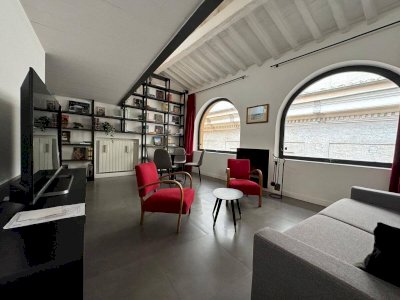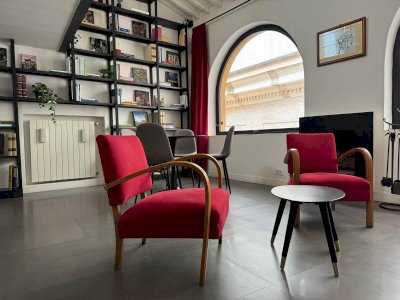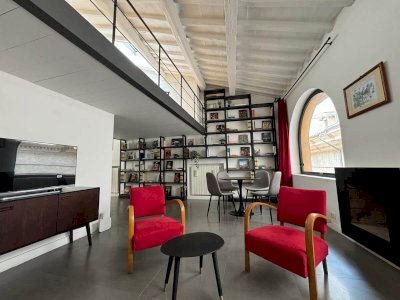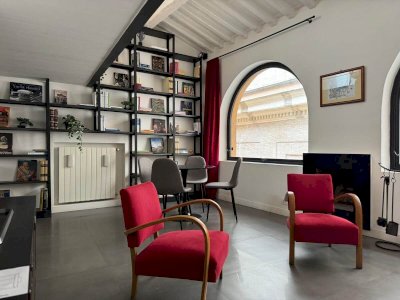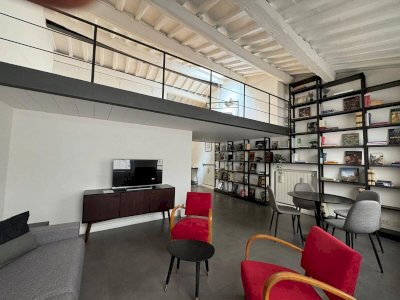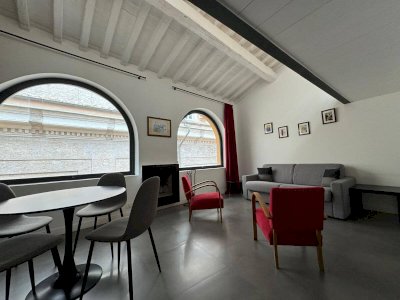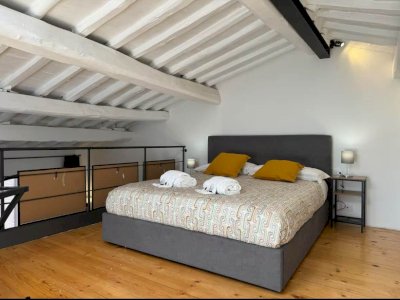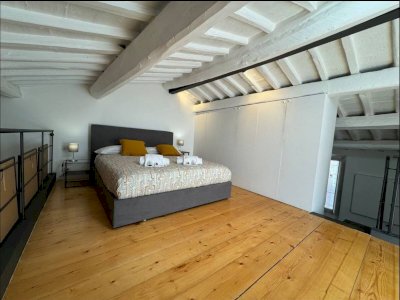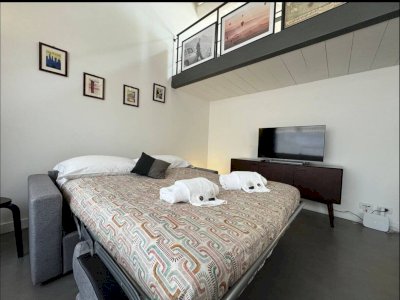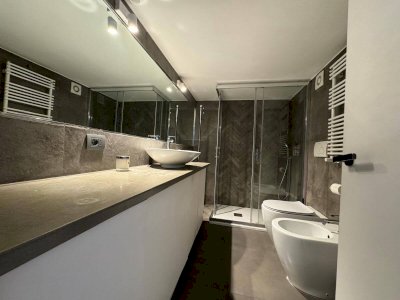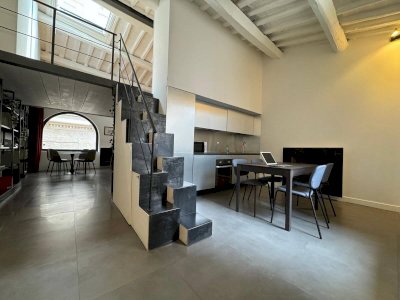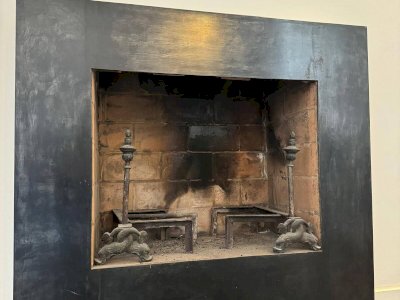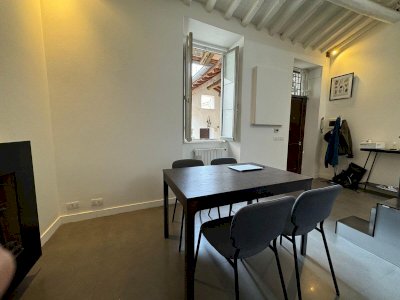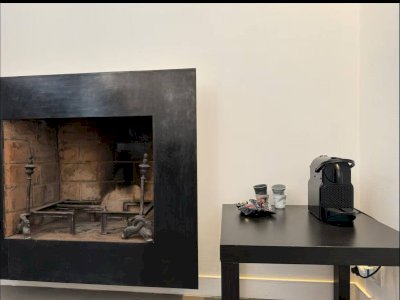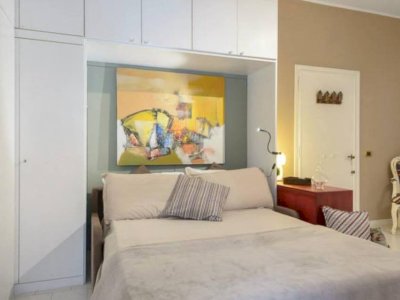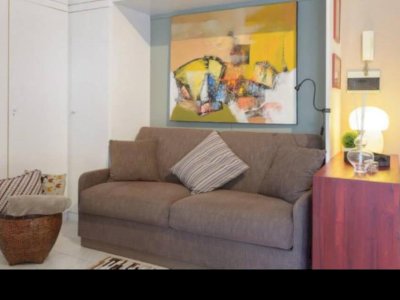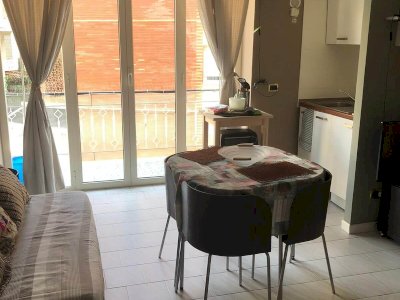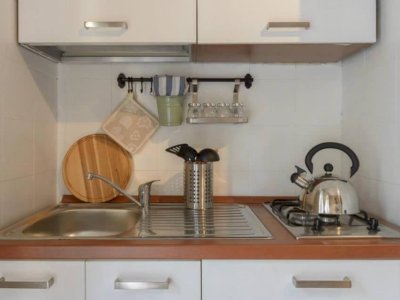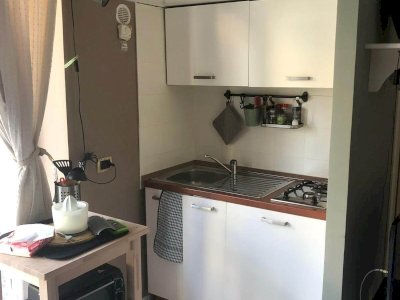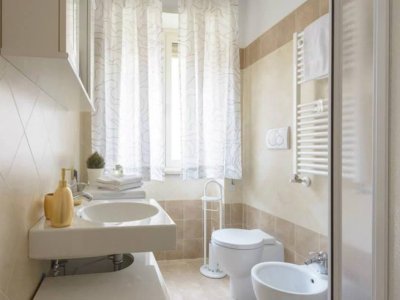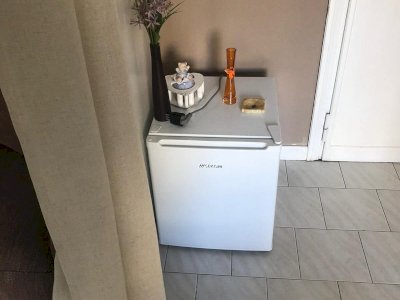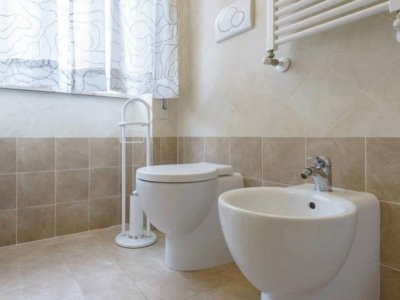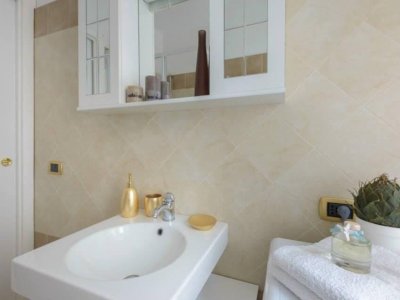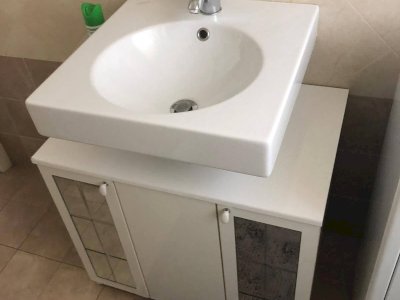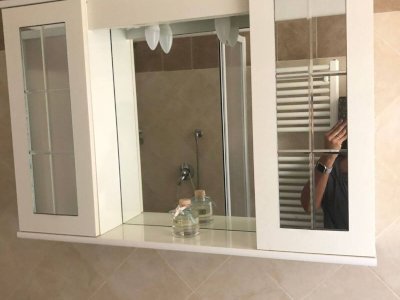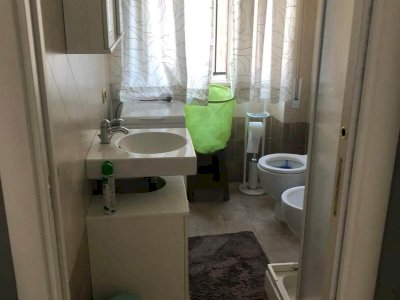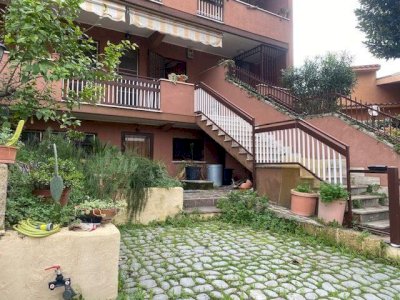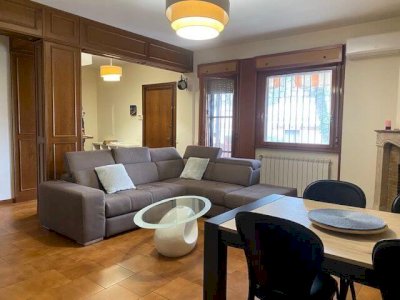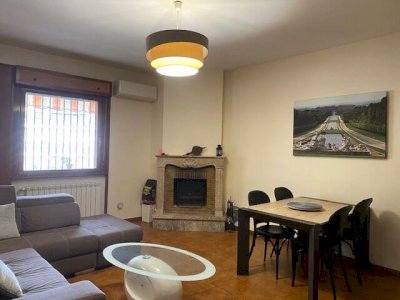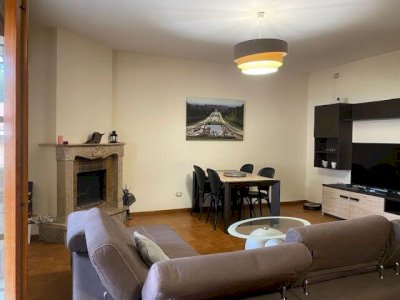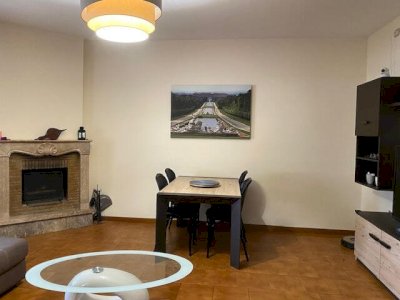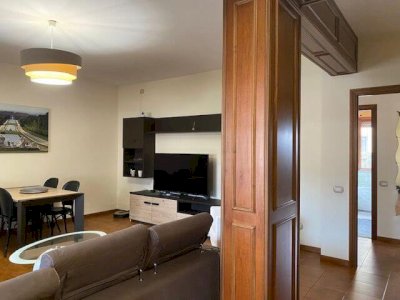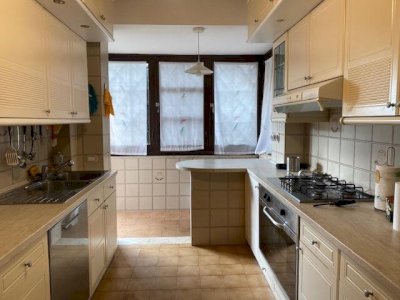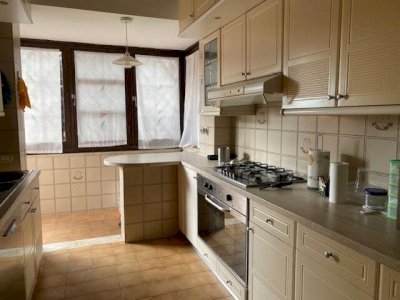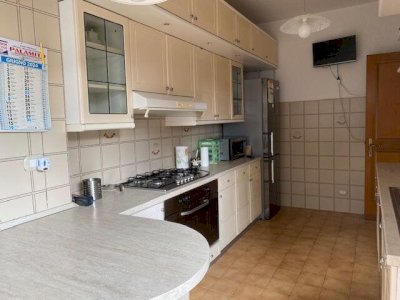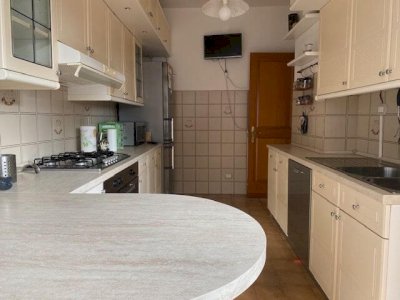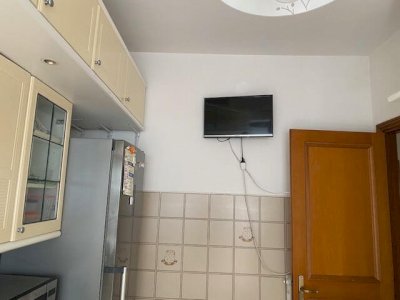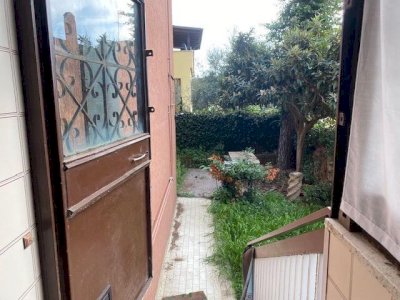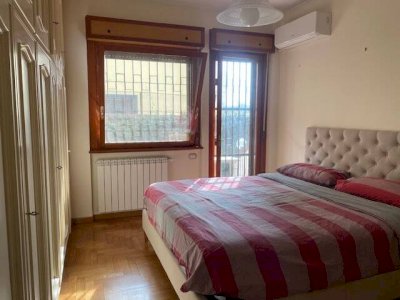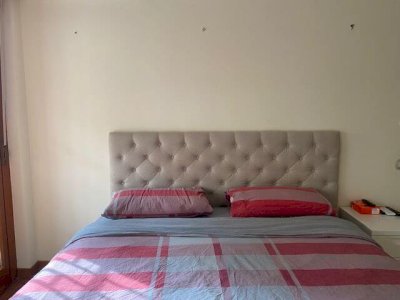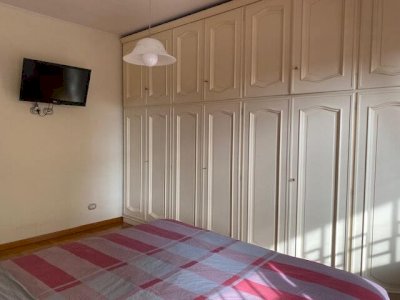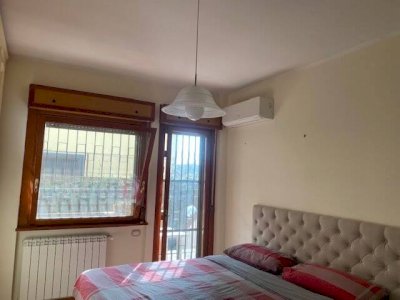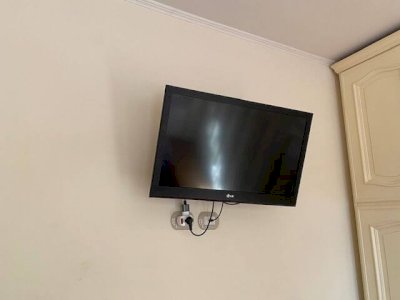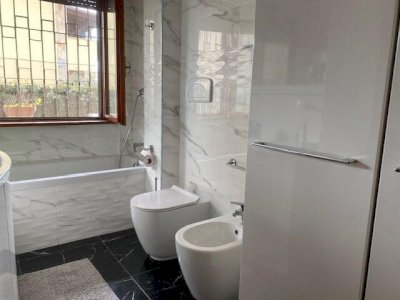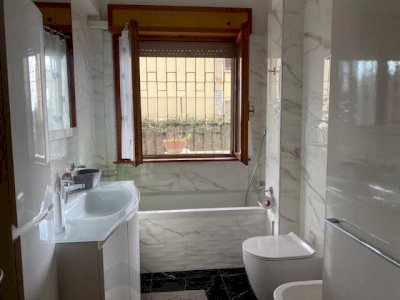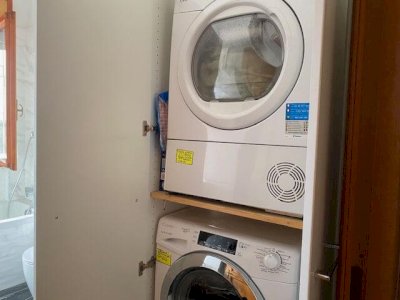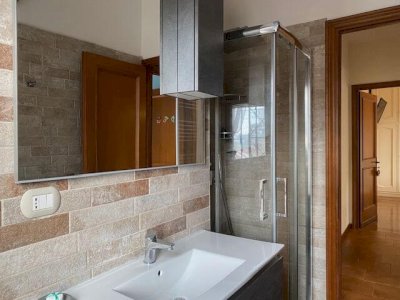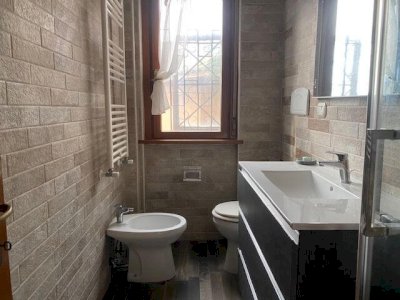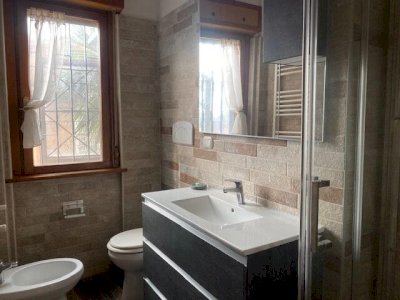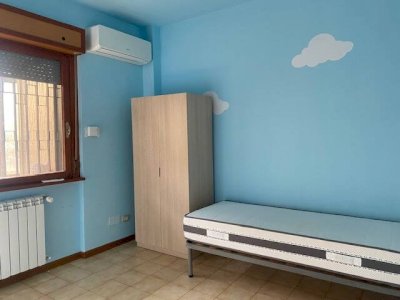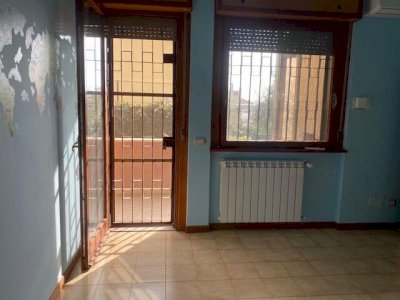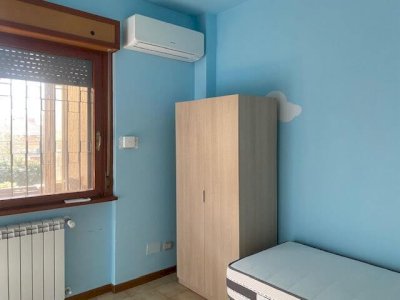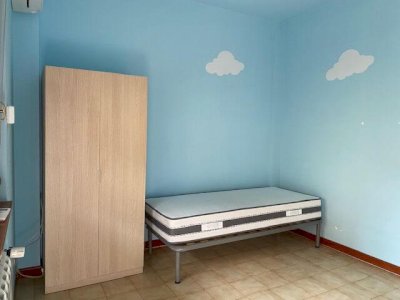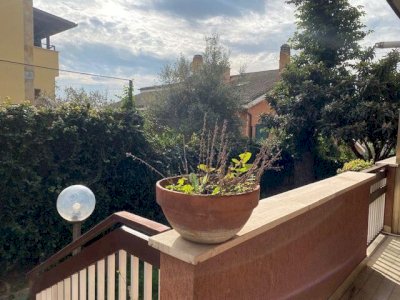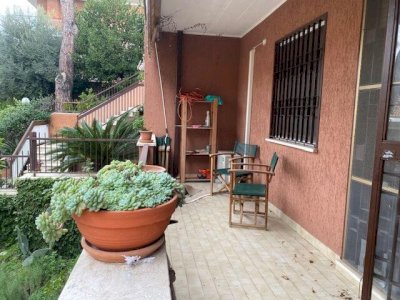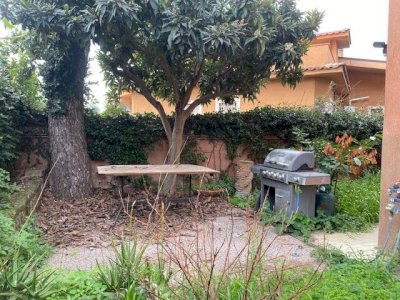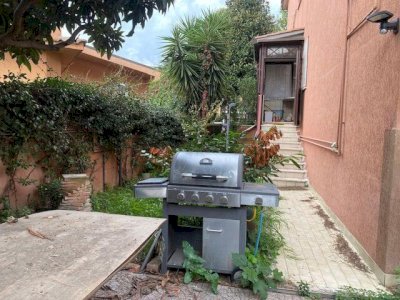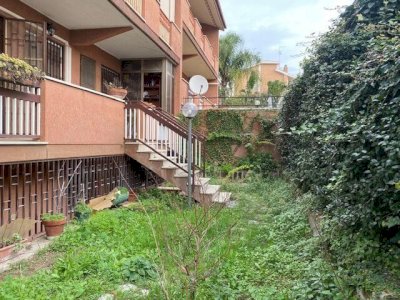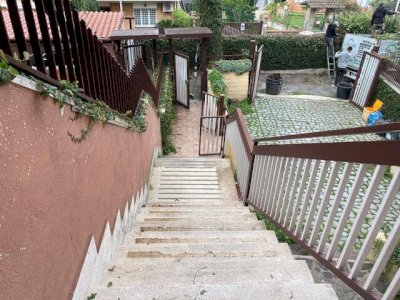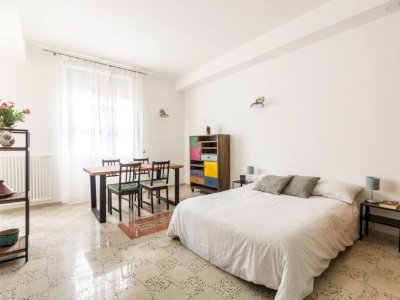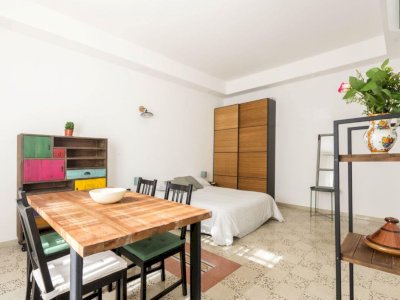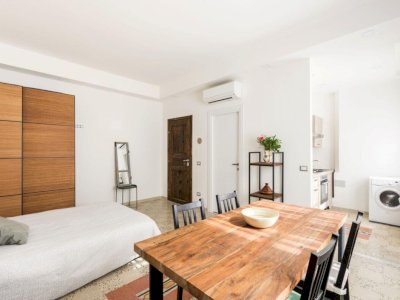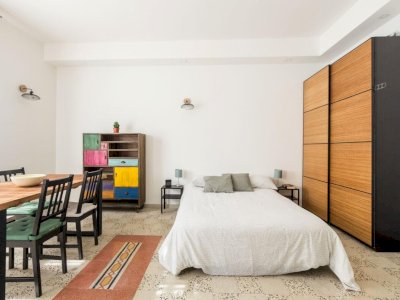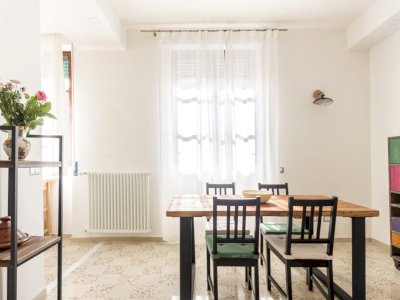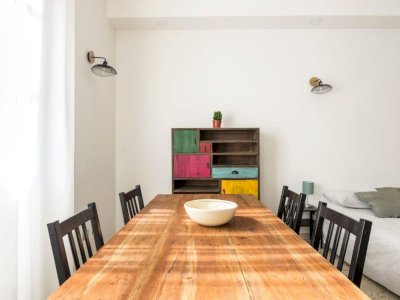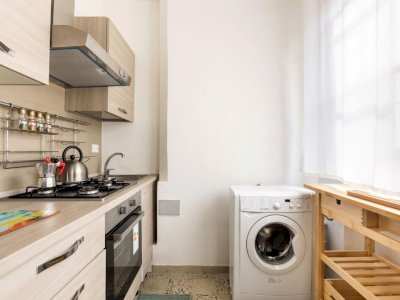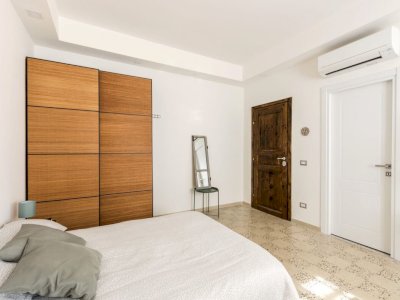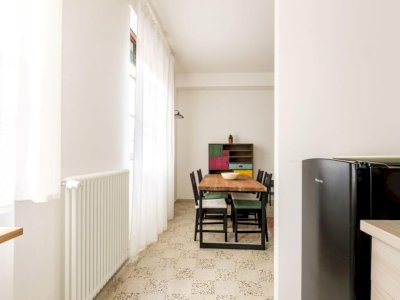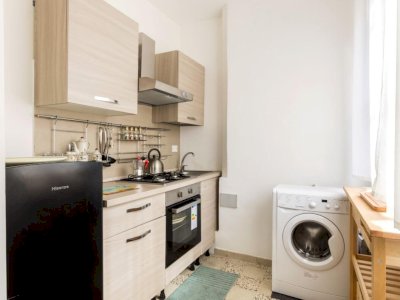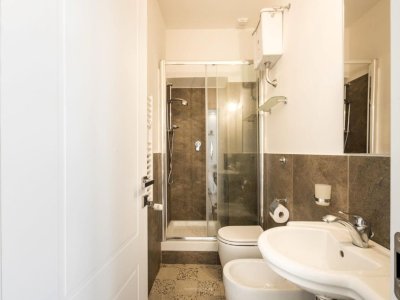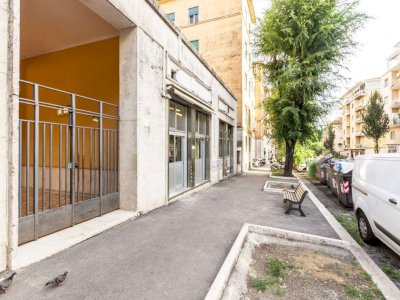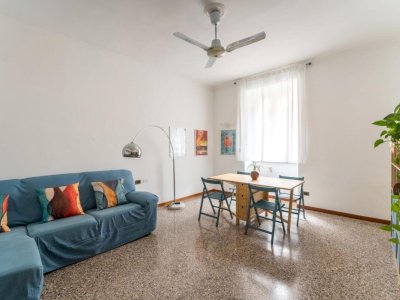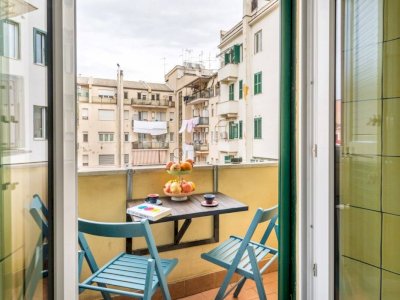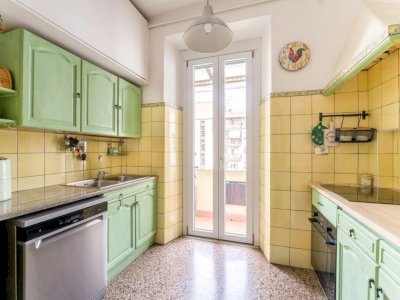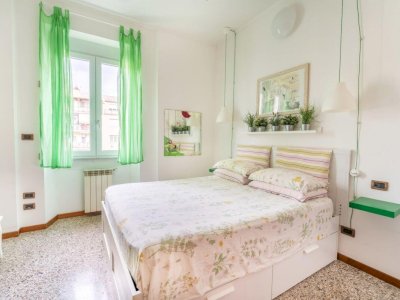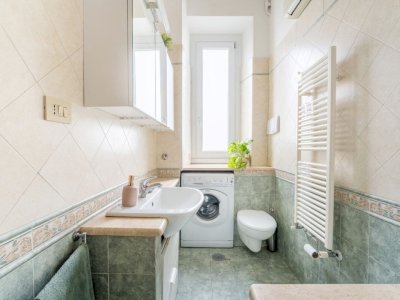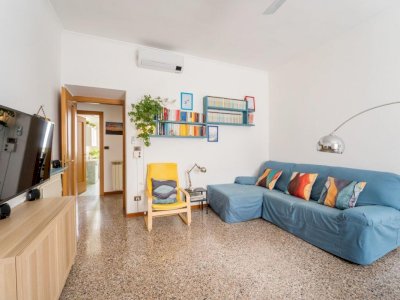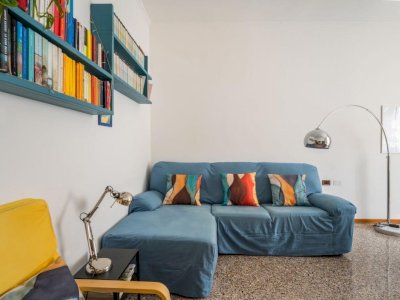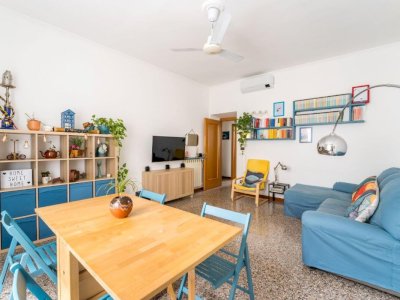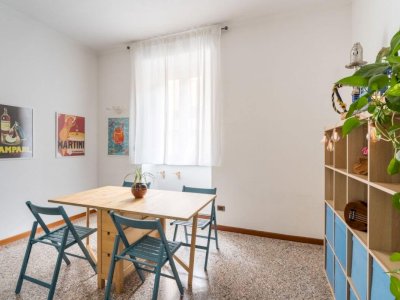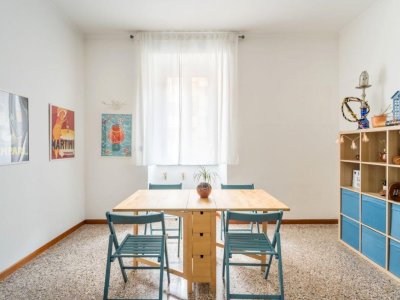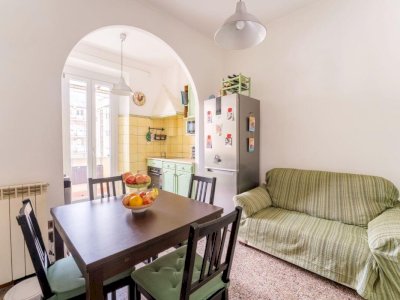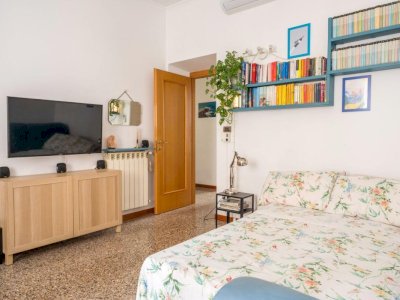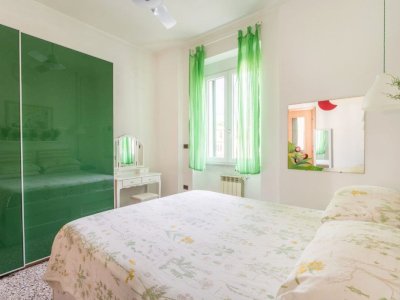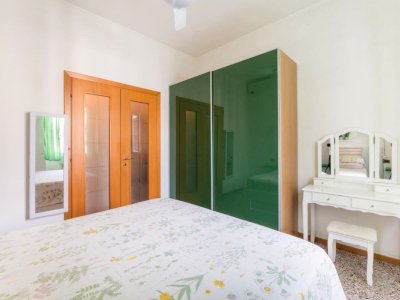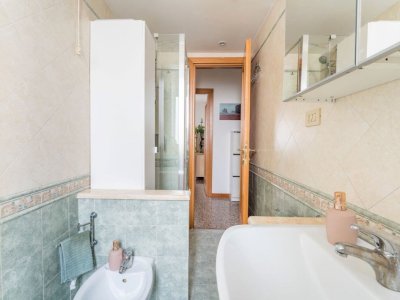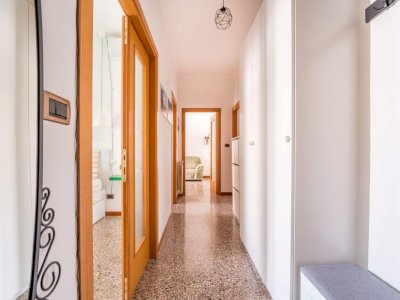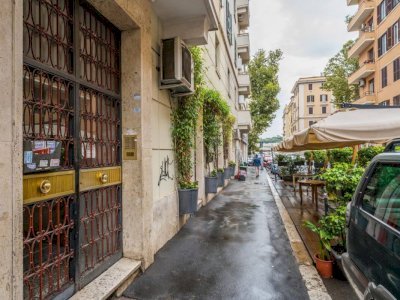Becoming an Italian resident can be a confusing process and it differs depending on whether you are from inside or outside the EU. Here’s the ultimate guide of how to obtain your Italian residency if you aren’t from the EU. If you are EU read this.
If after reading this guide it still seems a big mountain please remember every booking with Crib Med entitles you to a free consultation with a specialist immigration lawyer.
Non EU Citizens
Stays that are less than three months
If you are visiting Italy for business, tourism or study for a period of less than three months, you don’t need a residence permit. However, you must report your presence in the country in one of the following ways:
- If you are coming from a non-Schengen country, you must report your presence to border authorities and get a Schengen stamp on your travel document upon arrival.
- If you are coming from a Schengen country, you must report your presence to the local Questura (the police station) and fill in a ‘dichiarazione di presenza’ within 8 days of arrival. If you are staying in a hotel, you can submit your form there too and they’ll provide you with a copy.
Stays that are longer than three months
If you are planning to stay in Italy for more than three months, you’ll need to apply for a Permesso di Soggiorno (or a residency permit) within eight days of your arrival.
There are different types of Permesso di Soggiorno depending on your circumstances. Here are the most common:
- Permesso di soggiorno per turismo (for tourists)
- Permesso di soggiorno per coesione familiare (for an Italian citizen’s foreign spouse/child)
- Permesso di soggiorno per lavoro (for an employee)
- Permesso di soggiorno per lavoro autonomo/indipendente (for independent/freelance workers)
- Permesso di soggiorno per studio (for students)
- Permesso di soggiorno per dimora (for foreigners who don’t intend to work or study)
or
Permesso di Soggiorno Modulo 1
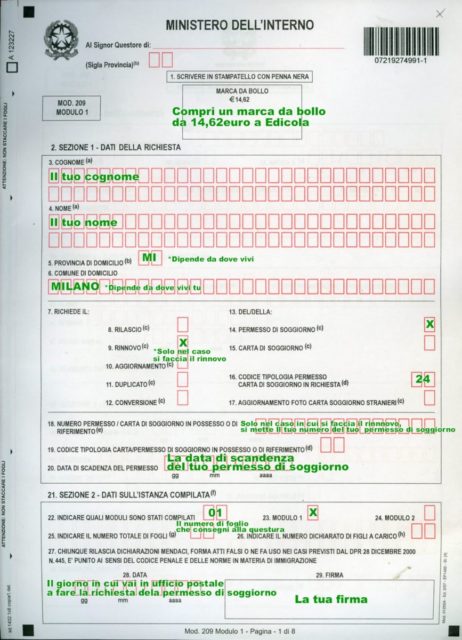
How to get one
It’s not the easiest process but below are the 8 steps that you need to take to get your Permesso di Soggiorno.
Step 1: Pick up your Permesso di Soggiorno kit and complete the forms
- You can ask for this kit at your local Poste Italiane and they’ll give you an envelope with two forms (Modulo 1 and 2) and a receipt inside.
- You need to complete Modulo 1 and the receipt.
Step 2: Get health insurance
- There are two health insurance options:
- INA (98 euros): This is for emergency situations.
- SSN – Servizio Sanitario Nazionale (150 euros): This entitles you to the same treatment as an Italian (i.e. you’ll get a GP, access to specialists and reduced rates for medical treatment).
- The key difference between INA and SSN is their timespan.
- INA is valid for 1 year from the date that you pay for it.
- SSN is valid from the 1st of January until the 31st of December so no matter when you get it, it always expires on the 31st of December.
Find out more about how to get your Tessera Sanitaria here.
Step 4: Prepare your documents
- Before you can send your paperwork away, you need to put the following documents in the envelope:
- Modulo 1 and 2 with the receipt
- A photocopy of your passport or travel document (with the entry visa if necessary)
- Documents that support your request for the specific type of permit (e.g. a copy of your student certificate, a valid work contract with a payslip)
- A copy of the health insurance receipt
- You’ll also need to buy a 16 euro Marca da Bollo which is a special type of stamp. You can buy these at any Tabaccaio.
Step 5: Send everything away
- You’ll need to go to a post office that has a ‘Sportello Amico’ with the UNSEALED envelope. Here are some that have it:
- Cordusio: Via Cordusio 4 - Metro Station, line 1: Cordusio
Open: Monday to Friday 08:20 – 19:00; Saturday 08:20 – 12:35
-
- Bovisa: Piazzale Costantino Nigra 1 – Bus 90 and 91, tram 2
Open: Monday to Friday 08:20 – 19:00; Saturday 08:20 – 12:35
-
- Cadorna: Via Giosué Carducci 7 – Metro Station, line 1 and 2: Cadorna.
Open Monday to Friday 08:20 – 19:00; Saturday 08:20 – 12:35
-
- Moscova: Via della Moscova 30 – Metro Station: Turati, Moscova.
Open: Monday to Friday 08:20 – 19:50; Saturday 08:20 – 12:35
-
- Loreto: Viale Andrea Doria 48 – Metro Station, line 1 and 2: Loreto
Open: Monday to Friday 08:20 – 19:00; Saturday 08:20 – 12:35
-
- You’ll also have to pay two fees:
46 euro for the issue of the electronic residence permit
30 euro to send the kit
-
- They’ll give you a receipt that shows the time, date and location of your appointment at the Questura (police station) – don’t lose it!
Step 6: Go to your appointment
- When your appointment comes around, you’ll need to take:
- Your passport
- The health insurance receipt
- The original supporting documents
- 4 recent, passport-size photos
- A bank statement (indicating that you have around 5,800 euro in your account)
- After your appointment, you’ll receive an SMS when your card is ready so that you can go and pick it up.
Applying for Residency
Once you have applied for or received your Permesso di Soggiorno, you are required to register with the Comune.
What you need to bring
To apply to register, you’ll need to present:
- The original and a photocopy of your completed registration form
- The original and a photocopy of your Codice Fiscale
- The original and a photocopy of your Permesso di Soggiorno (or the receipt from the post office if you haven’t received it yet)
- A form of ID (e.g. passport)
- Documents relating to accommodation situation
- A marriage certificate plus an Italian translation (if necessary)
- Supporting documents depending on your situation (found at the link below)
All the documents mentioned above are available to download at the following page: https://www.comune.milano.it/servizi/iscrizione-anagrafica-per-cittadini-extra-ue
Submitting your Application
You can go in person, fax or post your application.
In person:
- Find your nearest Registry Office (l’Ufficio Anagrafe) here: https://www.comune.milano.it/servizi/sedi-anagrafiche
- Register and make an account so that you can book an appointment online
- Make an appointment via the website at your chosen office (be aware there could be a long wait!)
- Arrive early for your appointment and take all the necessary documents with you
*If you go without an appointment, you will probably be told to make one or will have to wait for a long time so it’s better to book online*
Fax:
- Send a fax with your paperwork and documents to: +39.0288460164
Post:
- Send a registered letter (posta raccomandata) in case of transfer of residence from abroad or from another municipality Italian to:
- Foreign Office, Area Services to the Citizen, Via Larga, 12-20122 Milan
- Or in case of change of residence within the same municipality to:
- Coordination Office Registry, to the Citizen Services Area, Via Larga, 12-20122 Milan
What happens next
So, the hard part is over and now, your application just needs to be verified. Within 45 days of filing your paperwork, an official will come to your home to confirm the address.
Don’t worry if you aren’t home or don’t answer the door, they’ll leave a card with a number to call or a date and time when they’ll come back. After that, you’ll be able to go and pick up your residency certificate!
Elective Residency Visa for Italy
The Elective Residency Visa is for foreigners, like retirees and people with high incomes and financial assets, who have chosen to permanently reside in Italy while supporting themselves without relying on being employed in Italy. Be aware you cannot finance your stay in Italy through employment of any kind.
You also cannot apply for the Elective Residence Visa in Italy. You must apply at the Italian Consulate which covers your home residence.
How to Apply
Before you go to the Consulate, you need to get a visa application form (it could be different for each office so make sure you get the correct one). Complete the form but don’t sign it as it must be signed in front of an official.
Then, you can book an appointment but remember that there is usually a long waiting period so be prepared to wait.
What to Bring
When your appointment comes around, here’s what to bring:
- Your completed application form
- Two recent passport-size photographs with a white background, full face and front view
- A valid passport with expiration date at least three months after the end of requested visa period (with one blank page for the visa sticker)
- Evidence of sufficient financial resources, such as recent bank statements
- For a single person the minimum financial requirement is 31,000 euros (or equivalent home currency amount)
- For a married couple, the minimum is 38,000 euros
- An additional 20% for each dependent child is needed
- Evidence of your ability to generate sufficient financial resources that are expected to continue (e.g. property rental income, pensions, social security benefits)
- Marriage certificate and birth certificate translated and legalised (if necessary)
- Evidence that you have a place to stay in Italy (e.g. a certified copy of your lease agreement or property purchase contract)
- Evidence of health insurance that meets the minimum requirements:
- Covers medical expenses (e.g. doctor visits, hospital stays, prescriptions, ambulance rides)
- Provides at least 30,000 euros of coverage per person per year
- Available in all European Union member countries
- Valid for one year
- 116 euros per person (cash or money order) for the Visa Application fee (you can pay in your local currency)
**If you are filing applications for your spouse or children, remember to file a separate application for each of them**
What happens next
Once you’ve submitted all of your paperwork, you should get your visa in 60 to 90 days. Beware that during this period, your passport must be left at the Consulate.
When you receive the visa, it’ll have an issue date, a start date and an expiration date. The expiration date is generally 365 days after the start date.
When you arrive in Italy
Within eight days of arriving, you must apply for the Permesso di Soggiorno after which you can apply to be a registered resident.
DISCLAIMER:
This article is meant for educational discussion and it contains only general information about legal matters. It is not legal advice, and should not be treated as such.

Richard
Richard is the founder of Cribmed. He was born and grew up in New Zealand. In his twenties, he traveled and backpacked extensively before finally settling down in Rome, Italy in 2011.

Latest posts by Richard
-
Affitti Vacanze vs. Affitti Mensili Transitori -
27 Nov, 2023
-
Cedolare secca e affitti brevi: Domande e risposte -
01 Nov, 2023
-
AMA - Rome Garbage - How it Works -
19 Jan, 2022
-
How to get a Codice Fiscale -
11 Jan, 2022
-
COLORARE LE CASE -
20 Dec, 2021



 English
English

